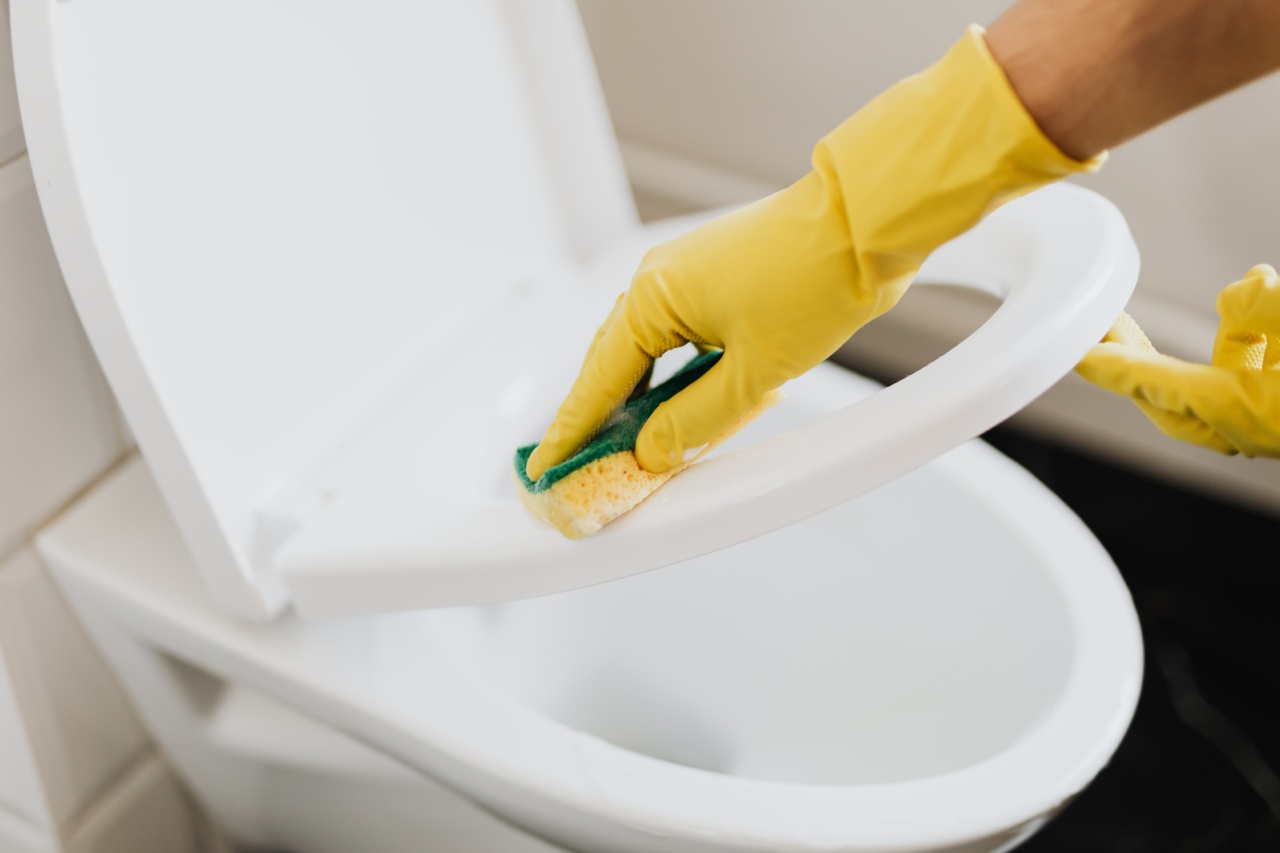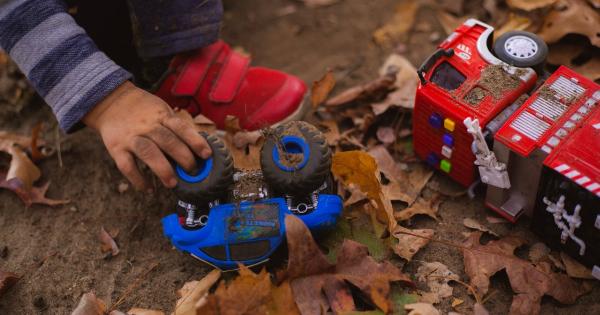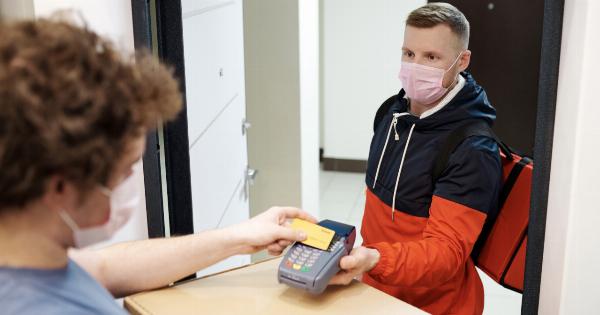Bisphenol A (BPA) is a chemical compound that is commonly found in many everyday products. It is used in the production of plastics and resins, and it can be found in items such as water bottles, food storage containers, and even receipts.
However, extensive research has shown that BPA can have detrimental effects on our health, including hormone disruption and potential links to various illnesses. To protect yourself and your family from the harmful effects of BPA, it is essential to understand how to avoid this chemical in your everyday life.
In this comprehensive guide, we will provide you with valuable tips and strategies to minimize your exposure to BPA.
1. Choose BPA-Free Products
When shopping for plastic items such as water bottles, storage containers, or baby bottles, look for products that are labeled as BPA-free. These products are made without the use of bisphenol A and are often a safer alternative.
2. Opt for Glass or Stainless Steel
Whenever possible, choose glass or stainless steel containers for storing food and beverages. These materials do not contain BPA and are less likely to leach harmful chemicals into your food or drink.
3. Avoid Canned Foods
Canned foods are a common source of BPA exposure as the chemical can leach from the lining of the cans into the food. Whenever possible, opt for fresh or frozen foods, as they are less likely to contain bisphenol A.
4. Use BPA-Free Thermal Paper
Be mindful of handling receipts, as they often contain BPA. Look for stores that use BPA-free thermal paper or avoid taking receipts when possible. If you do receive a receipt, wash your hands afterward to minimize contact with the chemical.
5. Avoid Microwaving Plastic Containers
Plastic containers can release BPA when heated, especially in the microwave. To minimize your exposure to this chemical, transfer your food to microwave-safe glass or ceramic containers before heating.
6. Check Plastic Recycling Codes
Plastic items are often labeled with recycling codes ranging from 1 to 7. Avoid using products labeled with codes 3 (PVC), 6 (polystyrene), and 7 (other/combination plastics), as they are more likely to contain BPA.
7. Be Cautious with Baby Products
Babies and young children are particularly vulnerable to the effects of BPA. When purchasing baby bottles, sippy cups, or pacifiers, choose BPA-free alternatives to ensure the safety of your little ones.
8. Seek Out BPA-Free Dental Products
BPA can also be found in certain dental products such as sealants and composite fillings. Inform your dentist about your concerns and request BPA-free alternatives to protect your oral health.
9. Reduce Use of Plastic Wrap
Plastic wrap, often made from PVC, can contain BPA. Limit your use of plastic wrap and explore alternative food storage options such as beeswax wraps or silicone food covers.
10. Stay Informed and Advocate for Change
Stay updated on the latest research and news regarding BPA and other harmful chemicals. Support and engage in initiatives that aim to reduce the use of bisphenol A in consumer products, and educate others about the importance of avoiding this chemical.





























